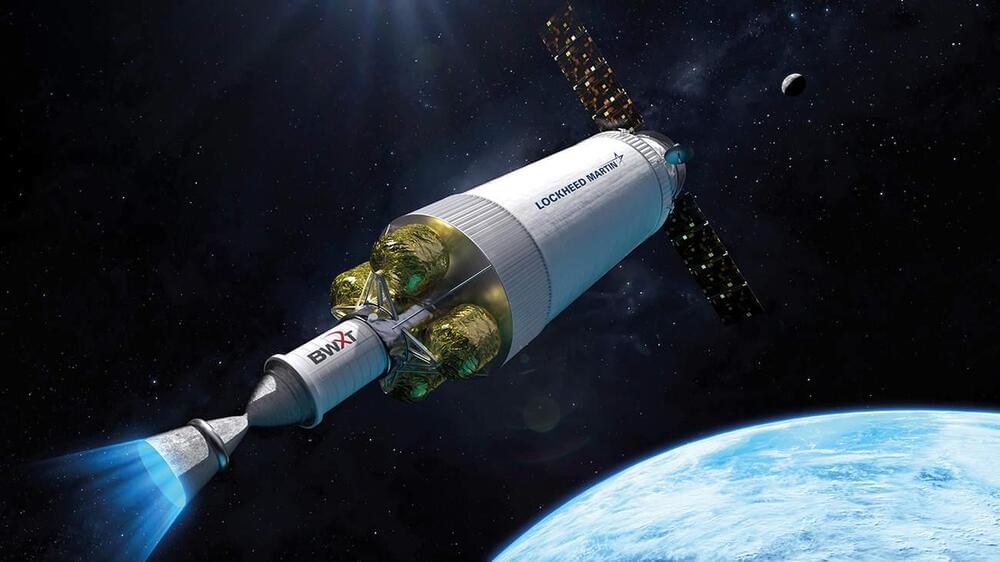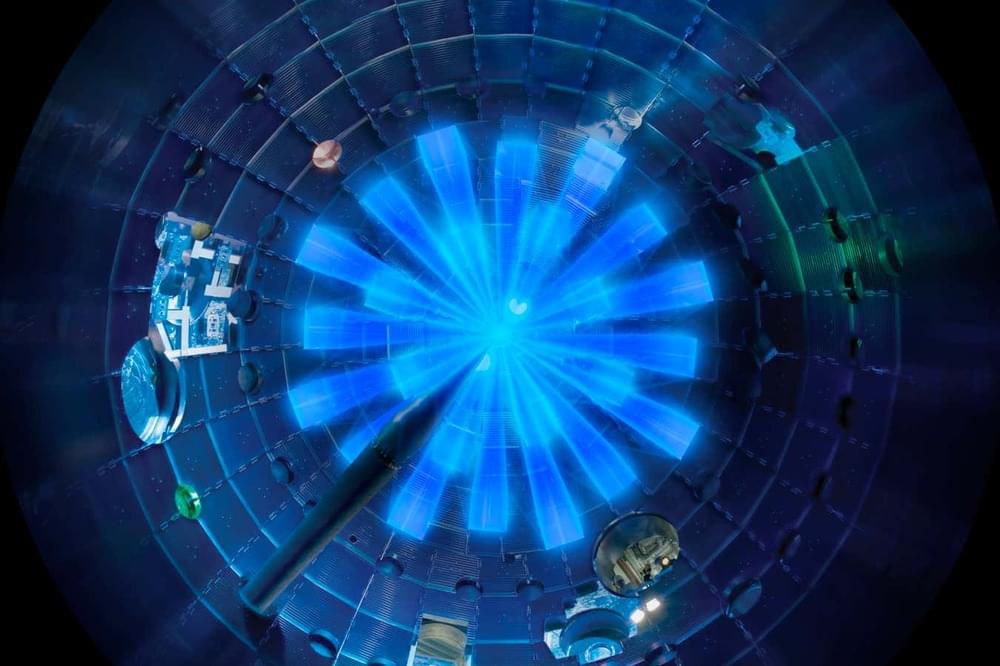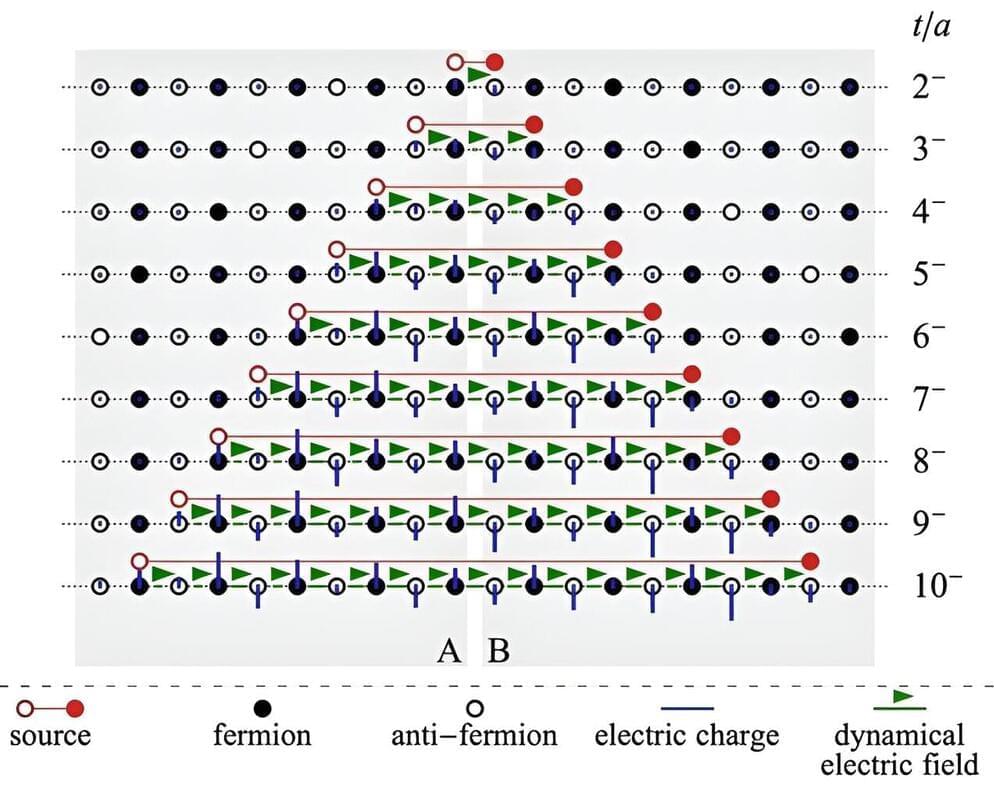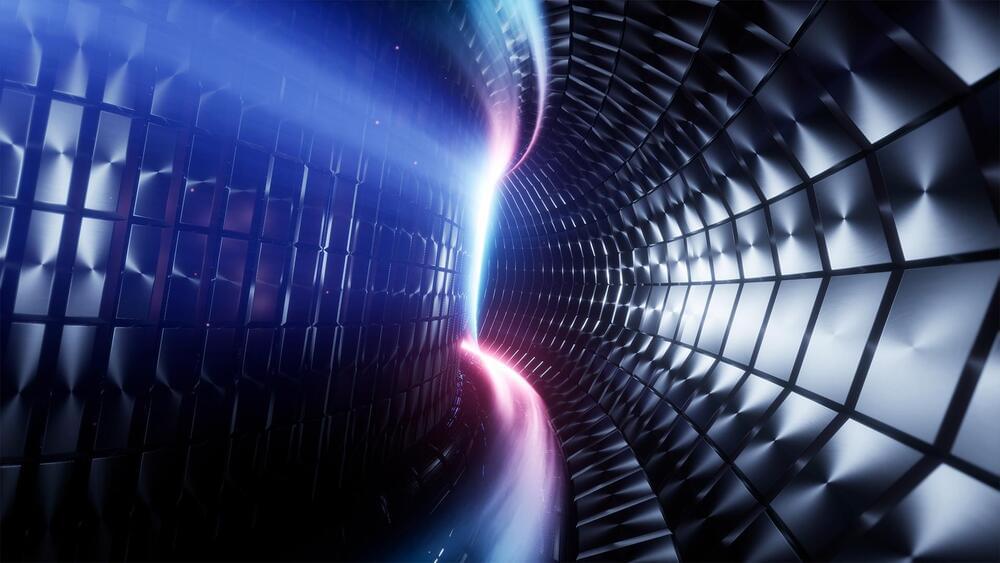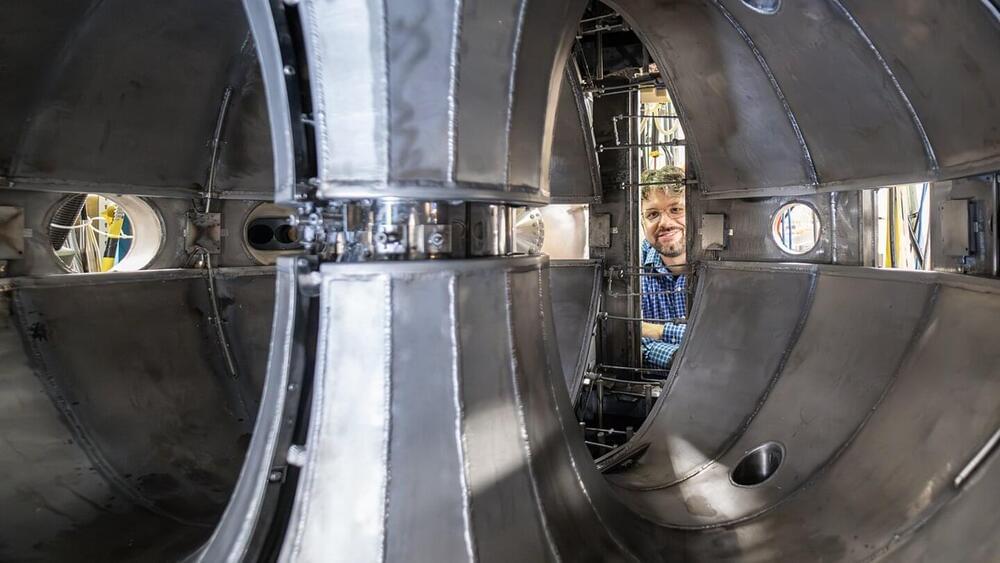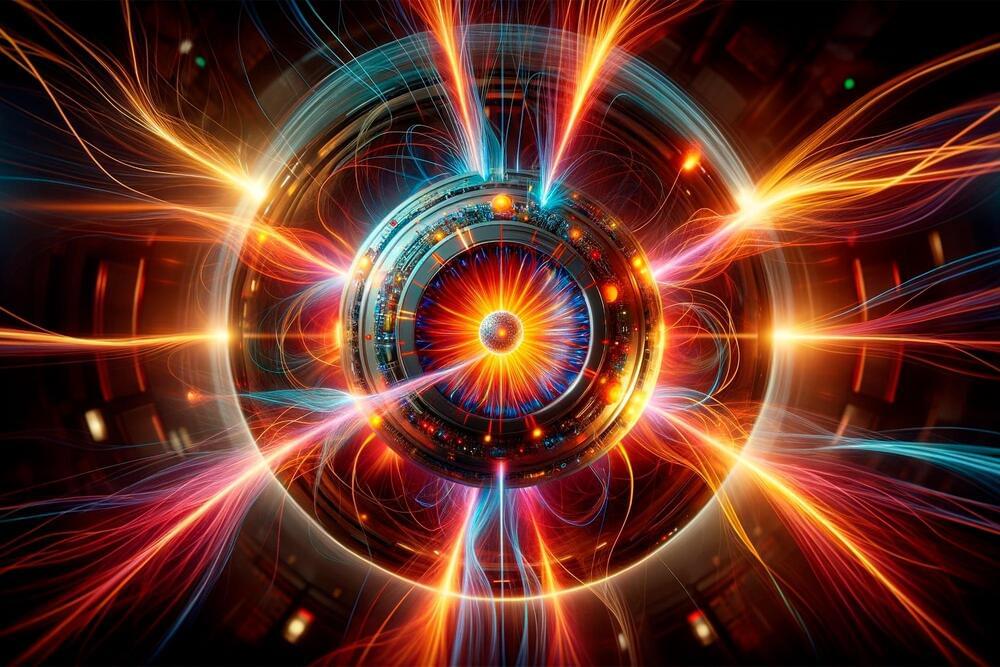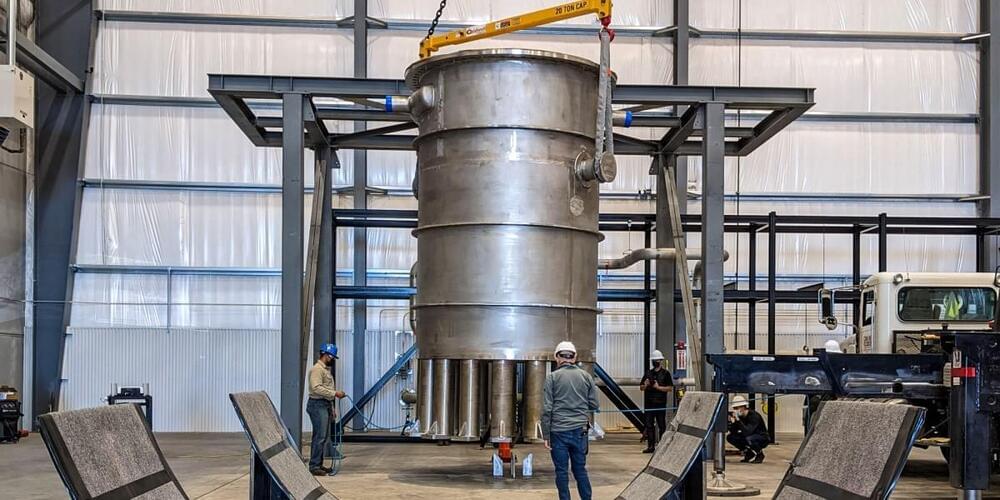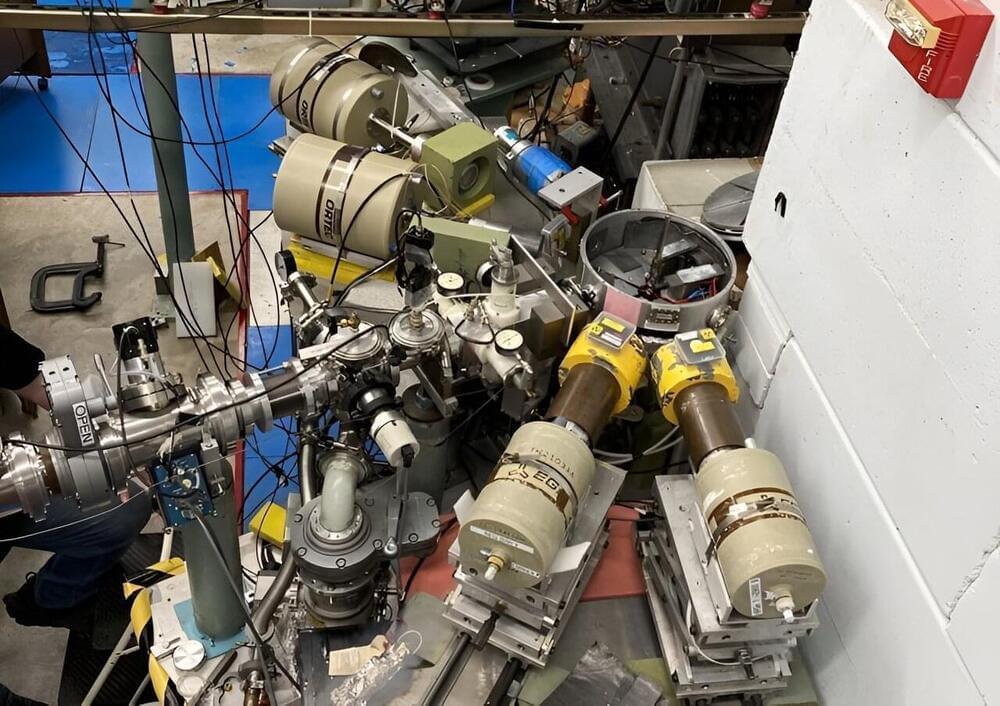Nuclear fusion is a great idea, in principle. In principle, it could solve the energy worries of the world beautifully. The problem is that whenever we’ve tried, getting nuclear fusion to work takes up more energy than it creates. But a team from Japan and the United States just got us a bit closer to our dream of clean energy. They recently succeeded in controlling nuclear plasma in a stellarator by creating a virtual twin. What’s a stellarator, what is digital twin and what did they actually do? Let’s have a look.
The new paper is here: https://www.nature.com/articles/s4159…
🤓 Check out our new quiz app ➜ http://quizwithit.com/
💌 Support us on Donatebox ➜ https://donorbox.org/swtg.
📝 Transcripts and written news on Substack ➜ https://sciencewtg.substack.com/
👉 Transcript with links to references on Patreon ➜ / sabine.
📩 Free weekly science newsletter ➜ https://sabinehossenfelder.com/newsle…
👂 Audio only podcast ➜ https://open.spotify.com/show/0MkNfXl…
🔗 Join this channel to get access to perks ➜
/ @sabinehossenfelder.
🖼️ On instagram ➜ / sciencewtg.
#sciencenews #science #technews #tech

